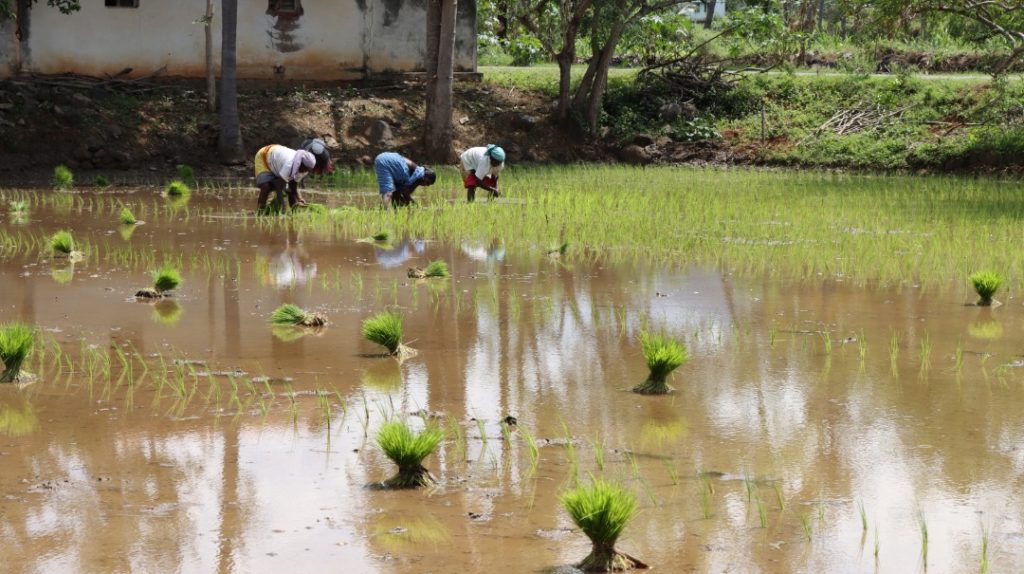
Twenty-seven countries in Africa are receiving help from the World Food Program, this is due to starvation and the threat of hunger these countries are faced with. To solve this problem, we need to produce more food and strategically increase our investments in Agriculture. According to Africarice.com, of all the food consumed in Africa, rice is the predominant dietary energy source in West Africa and Madagascar, and it is the second most important source of calories in Africa. Nevertheless, several questions around Africa’s trading decisions and potential remain unanswered. Lead among these questions are the following : Why are African countries still imported 33.6 percent of the quantity of rice they consume? How can Africa increase its rice production capacity to meet demands and use less resources?
A more tactical question whose answer holds untold promise, and which has yet to be asked is; how mathematics applied to rice production can help in the fight against hunger in Africa?
There is a plethora of mathematical models, which can be used in different ways and forms to optimize rice yields on the continent. Mathematical model are a fundamental tool for development of mechanistic crop simulation models. A mathematical model can be applied in rice farming to improve yields.
These rice growth models are simulated on the basis of various biological and ecological processes. The major processes are phenological development, photosynthesis or CO2 assimilation, transpiration, respiration, partitioning of assimilates to various organs, and dry matter production. The total daily rate of canopy photosynthesis is calculated. Then the requirement for respiration is determined. By subtracting total daily photosynthesis canopy with respiration and maintenance requirements, the net daily photosynthesis is determined. The net photosynthesis then is converted to dry matter that is partitioned among the various plant organs. Mathematical models are used in almost all steps of these calculations either within the component or between the components.
The development of rice growth models can improved the farmer’s understanding on some of the ecological processes that are crucial in their effort to increase their rice production to enable them to feed the ever-increasing population in a sustainable manner.
While the outlook towards the continents economic self sufficiency remains blurred, its ability to produce mathematicians of unquestionable repute, has never been in doubt. The continent therefore has the human capital it needs to leverage the power of mathematics in the fight against hunger and food security. What remains therefore is for one mathematician, one leader or one company to answer the call, and champion the fight against hunger, with the entire arsenal of tools mathematics offers.
Sources:
• https://www.fao.org/3/x2243t/x2243t05.html
• https://www.africarice.org/why-rice-matters-for-africa
•https://einspem.upm.edu.my/journal/fullpaper/vol2no2/8.%20MJMS%20Vol%202%20(2)%20page%2083-91.pdf
0 commentaire